

Thinking of the compatibility issue? Well, do the homework well! It's the final buzz-kill. You eagerly open the case to install a new graphics card, finding that it's one-inch longer. Prior to investing, take a moment to gauge how much of physical space your case can offer. Similarly, your power supply is important too. How many six-pin/eight-pin power connectors it has? How many watts will it be rated for? How many amps can it supply on a 12-volt rail? Match this information with your graphics card prices. If the PC and budget can't handle it, look for something that works with less juice, or think of a power upgrade.
While shopping for the better power supply, remember that a trustworthy brand is important than the utmost wattage advertised on a package. Less-known PSU manufacturers list the feeble peak output rating, never the greatest sustainable power output. Usually, if the power supply has a fine brand name and handles well-suited PCIe power connectors, it's fine. If you desire some headroom for further upgrades, get a power supply which accommodates more power cables than the graphics card requirements. Live with your preference for the cooling system. High-performance graphics cards in South Africa use lots of power which creates heat that can fry the GPU lacking a cooler.
Usually, there are two classes of coolers, which are aftermarket, and reference. The reference ones are typically found on low-priced specimens. These normally channel the heated air from the case, maintaining the PC temperature. Unfortunately, they're a little noisy. For a little more money, buy graphics cards outfitted with high-end custom coolers. Those are exclusive to every manufacturer, such as ASUS' DirectCU, Gigbayte's Windforce, Sapphire's Dual-X, MSI's Twin Frozr. Custom coolers are typically quiet and do a superior job of keeping the GPU cool. The downside is recycling of a hot exhaust inside the case, straining the system's capacity to maintain low temperatures.
Your system's capacity to dump heat is vital. If the CPU temperature increases above 55 degrees Celsius during gaming, buy a graphics card that drains the hot air. If the CPU temperature stays low, a calmer custom cooler is needed that's easy on the ears. The improved heat dissipation extends the GPU and the lifeof the gaming monitor. If the thermal levels are high, additional air and liquid cooling solutions are available. There's expense and increased difficulty to the installation, but it's good for the PC.
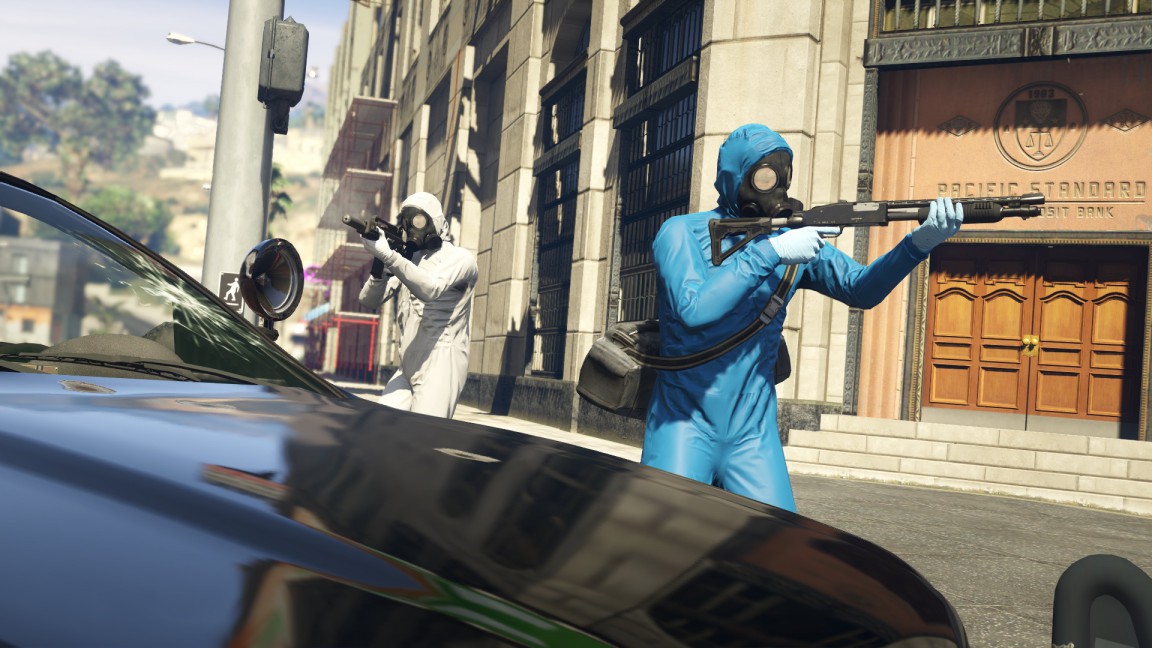
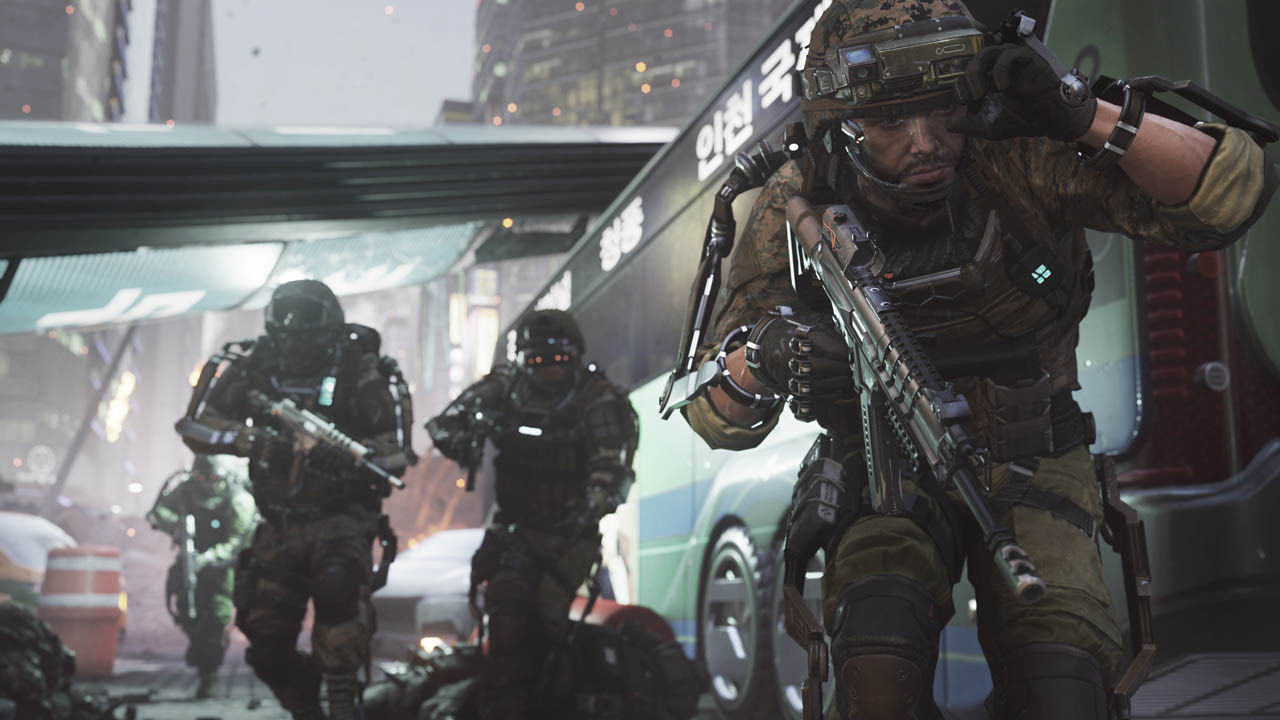
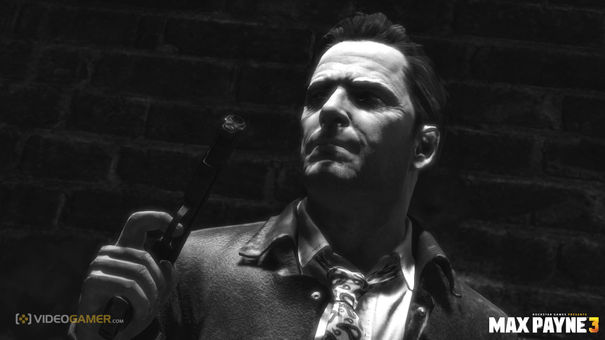
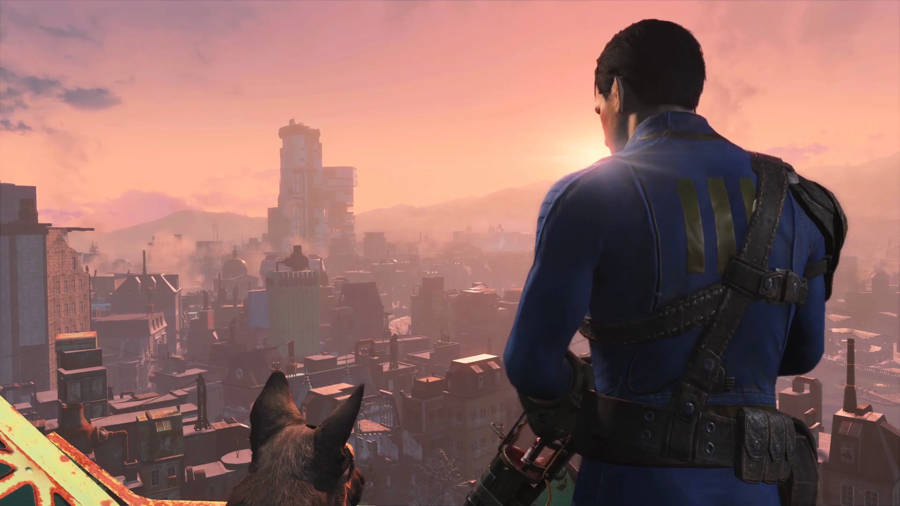
 How To Become Luke And Darth Vader In Star Wars Battlefront
How To Become Luke And Darth Vader In Star Wars Battlefront FIFA 16: 10 reasons why this years a big improvement
FIFA 16: 10 reasons why this years a big improvement Far Cry 4 Guide - Ghalle's Homestead Guide
Far Cry 4 Guide - Ghalle's Homestead Guide Game World: The Top Three Strategy Games you Shouldnt be Without
Game World: The Top Three Strategy Games you Shouldnt be Without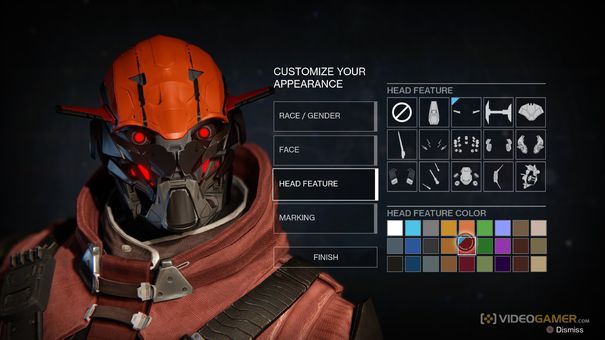 Everything you need to know about the Destiny beta
Everything you need to know about the Destiny beta